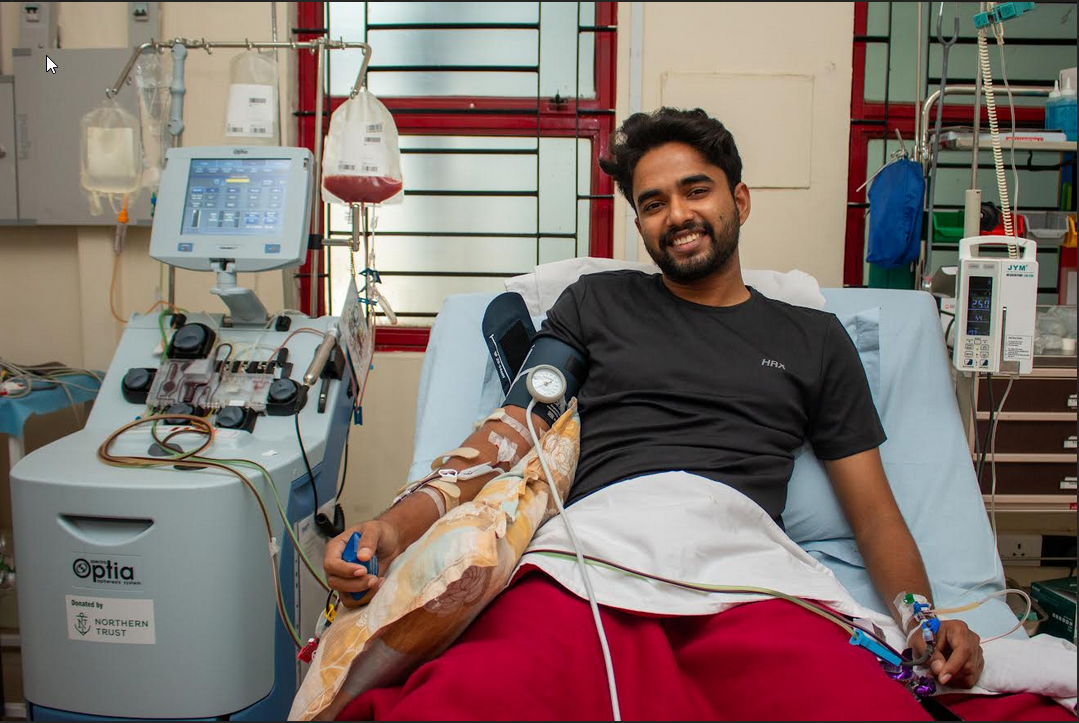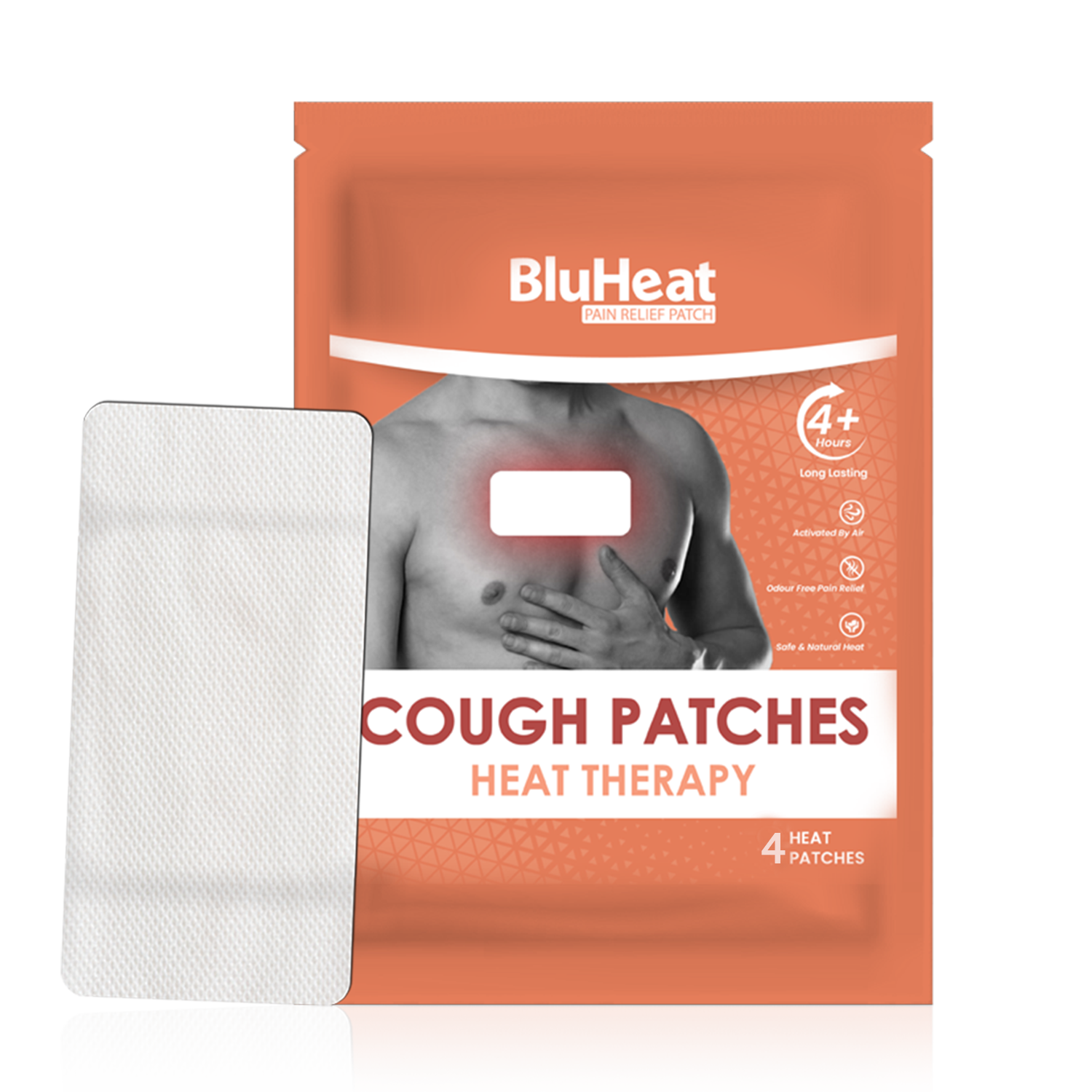Haemophilia is a medical condition in which the ability of the blood to clot is severely reduced, causing the sufferer to bleed profusely from even a slight injury. On the occasion of World Haemophilia day which falls in April, Medicircle is conducting an exclusive series on this hereditary disorder featuring eminent hematologists to spread awareness about this rare medical condition.
Dr. Shrinath Kshirsagar is a leading Hematologist in Mumbai. He is also a Hemato-Oncologist and Bone Marrow Transplant Specialist. Dr. Kshirsagar provides world-class treatment to his patients at Global Hospital which is an oncological center that runs under his leadership. He has many national and international publications to his credit.
Dr. Kshirsagar explains, “Haemophilia is one of the rare bleeding disorders, it is a single gene mutation, X-linked disorder. There is a problem in the fibrin formation and other multiple factors in the blood like protein, are absent and which disable the formation of platelet plug or fibrin clot that has the capacity to stop the bleeding. Since it is a single gene mutation disease, mostly males are commonly affected by it.
There are two types of haemophilia. One is Haemophilia A which is caused due to the deficiency of factor VIII (8) and the other is Haemophilia B, which is caused due to deficiency of factor IX (9). The platelet plug or fibrin clot is not formed in these conditions and that is why the patient continues to bleed even in a small or trivial injury. In the Indian population, 1 in 5,000 patients suffer from this disorder.
Haemophilia can be classified into three categories, depending upon its severity. One is mild which is when the factor levels are on the higher side, moderate when the factor levels are between 1 to 5% and severe when the factor levels are less than 1%. There is a high tendency of patients to bleed in small injury or small cuts,” says Dr. Kshirsagar.
Haemophilia is a hereditary disorder
Dr. Kshirsagar emphasizes that Haemophilia is common in males. They inherit it from the maternal side of the family. Females are the carrier of this disorder but it’s not common in them, rather the disorder gets transferred from them to their offspring. Haemophilia is caused by a mutation or change, in one of the genes. These genes are found on the X chromosome. Males have one X and one Y chromosome (XY) and females have two X chromosomes (XX). Males inherit the X chromosome from their mothers and the Y chromosome from their fathers and that is why they inherit haemophilia from their mother’s side if there is an X chromosome that has a mutation in either factor VIII (8) or factor IX (9) gene.
Managing Haemophilia
Dr. Kshirsagar mentions, “Haemophilia gets identified through incident-finding. For example, if a patient has gone to the dentist or for any small surgery and it gets observed that the bleeding is not stopping even after the small surgery, then it gets identified that the patient might have haemophilia. After haemophilia gets identified, patients should always take preventive measures, for example, if he is going cycling, he should take precautions of not getting injured by wearing a knee cap, elbow cap, helmet, etc. Also, even if he is going for small surgical procedures like going to the dentist then doctors should be informed accordingly so that further procedures can be adopted. Also, if one is suffering from severe haemophilia, he/she should have an ID card with the mention of the condition so that doctors can accordingly proceed and plan the treatment if any. One can also register at the nearest Haemophilia center. It is advisable to keep certain factors of which there is a deficiency in the body and take those factors immediately when required,” says Dr. Kshirsagar.
Curative and Preventive Measures of Haemophilia
Dr. Kshirsagar explains, “With the advancement in medical science, there are certain curative and preventive options available through which haemophilia can be managed efficiently. For example, Gene therapy is a curative measure through which defective genes get identified and changed so that the factors' production gets normal.
Also, there were only short-acting factors available earlier. Now, we have long-acting factors available to overcome limitations in haemophilia management. There have been more advanced medications too compared to the past that helps in managing haemophilia more effectively. Future seems even brighter in the area of curative measures. As a preventive measure, genetic screening can be done and if the foetus is found to be affected by haemophilia then aborting the pregnancy to prevent complications, later on, is a measure that one can adopt,” says Dr. Kshirsagar.
(Edited by Amrita Priya)

 Haemophilia is a rare disease which affects 1 in 5,000 people in India. Fortunately, medical science is coming up with advanced treatment options making the future of haemophilia management brighter, says Dr. Shrinath Kshirsagar.
Haemophilia is a rare disease which affects 1 in 5,000 people in India. Fortunately, medical science is coming up with advanced treatment options making the future of haemophilia management brighter, says Dr. Shrinath Kshirsagar. 








.jpeg)



.jpg)






.jpeg)

.jpg)




.jpg)




.png)


